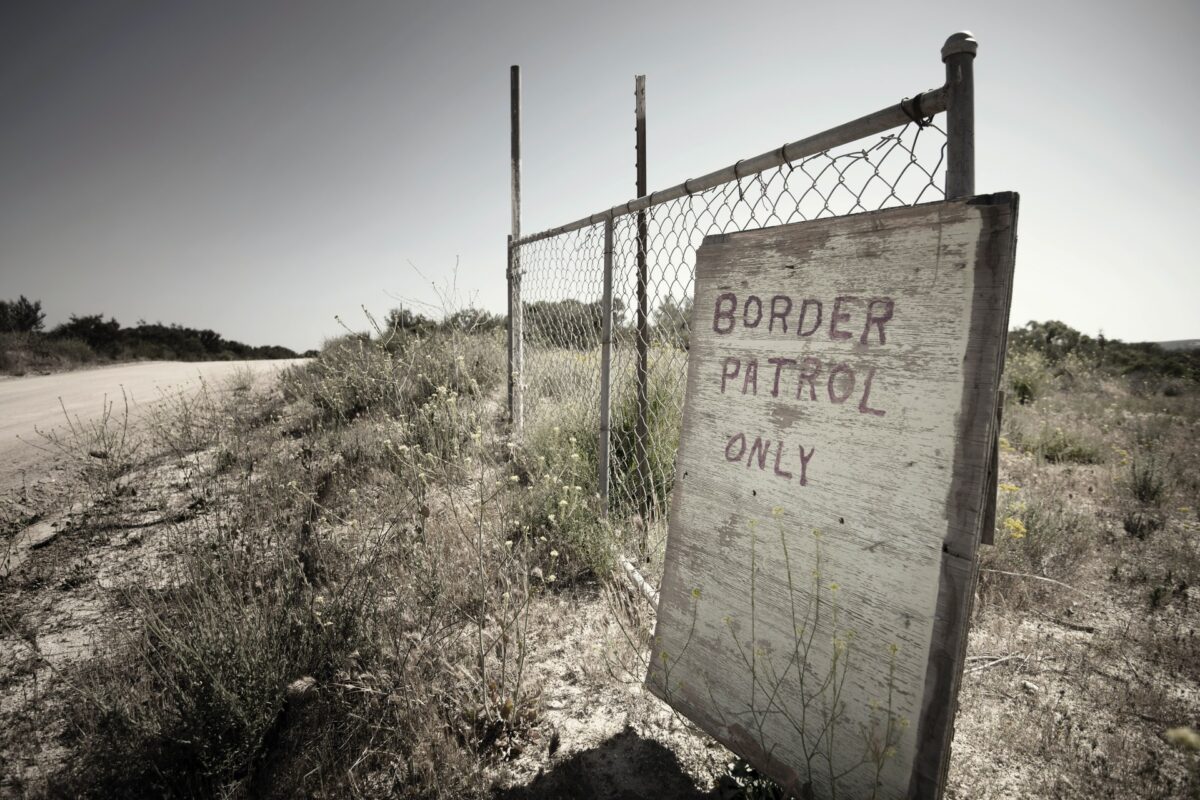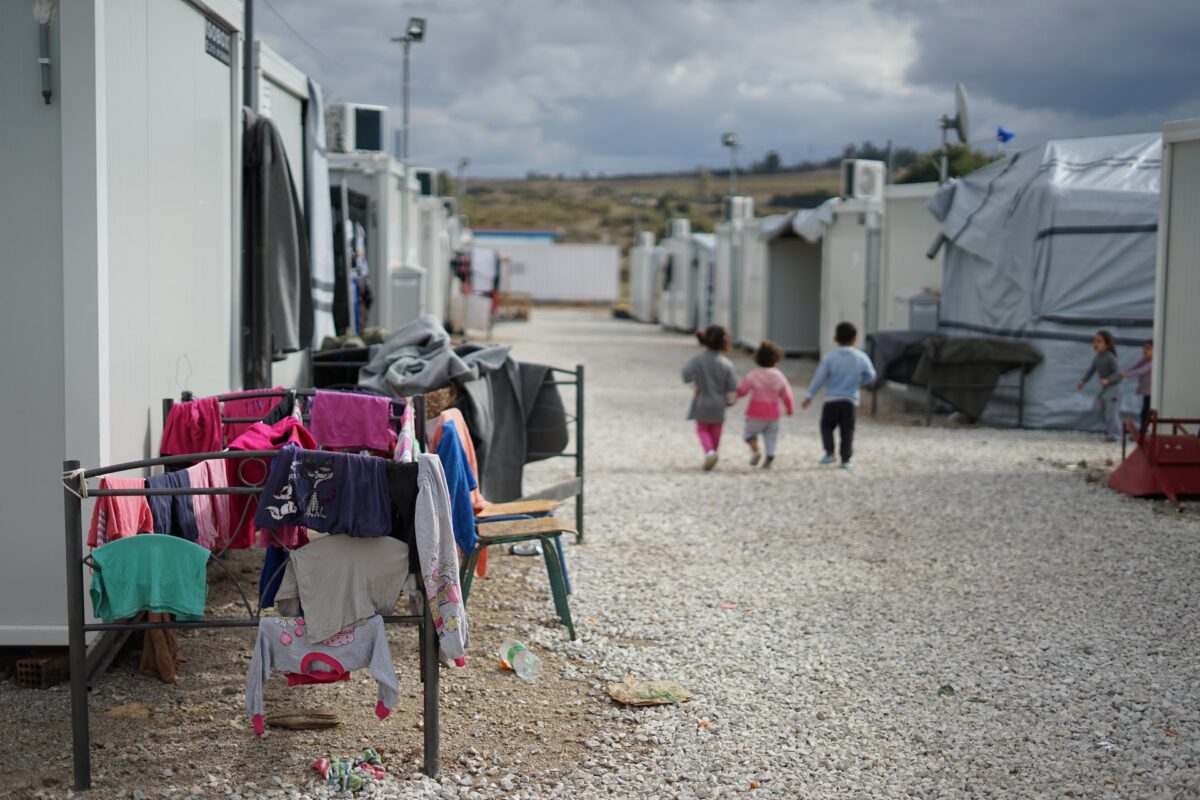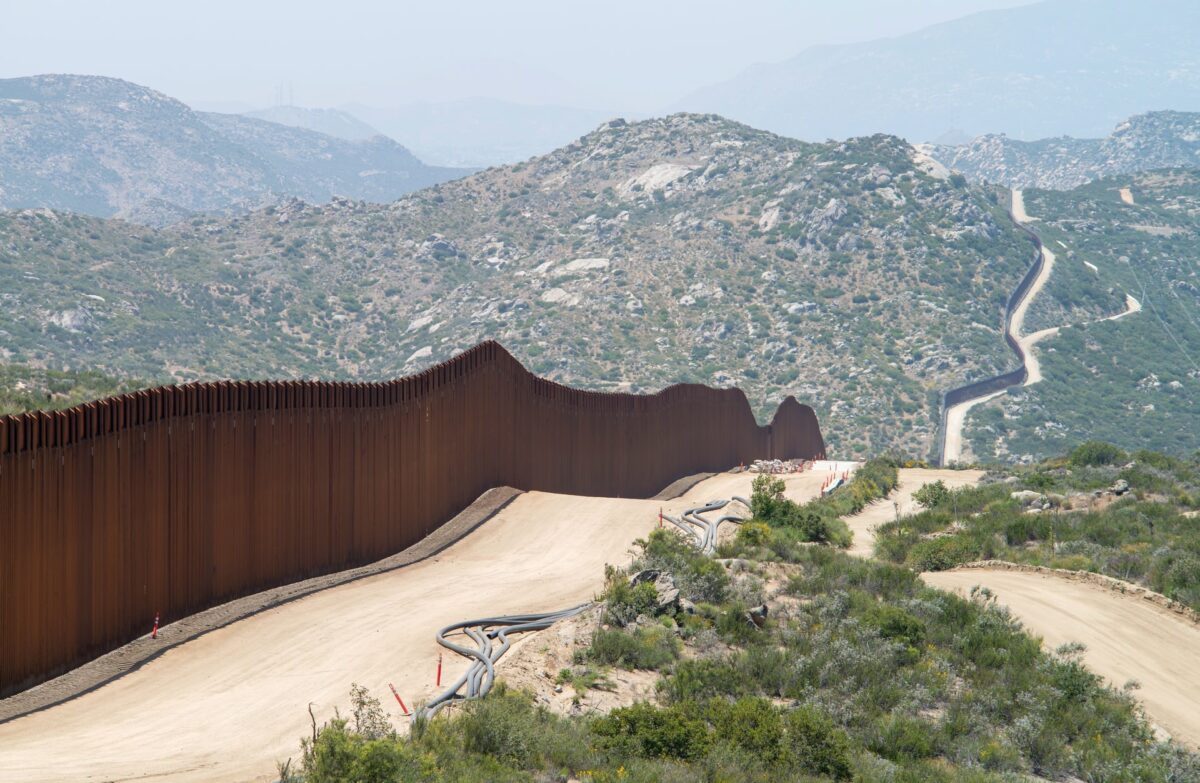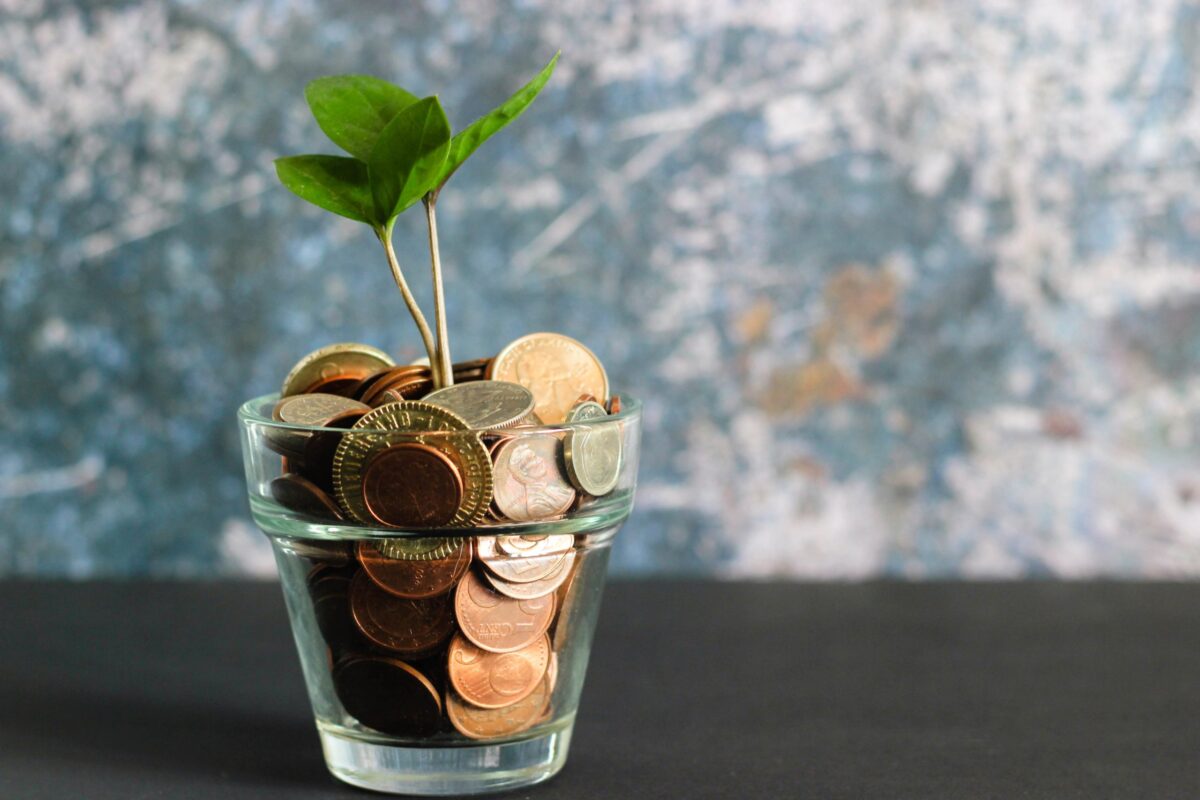Sunday Morning
I am convinced that asking the right questions even without getting a good answer is more important than getting answers to the wrong questions. Today, we discussed eight questions around the topic of church in today’s world. I walked away with some new thoughts, affirmation of old habits, and a renewed commitment to why I believe.
A man complained to another about how the church is full of hypocrites and he would not be attending. His friend’s response was “There is always room for one more!”
Church is not about us. Now there is a thought. It is about how, when, why, and where we find God. It does not matter where you are on life’s journey, we should be welcomed there. It is the last stop on the Jesus train.
Church is the place of the BIG HUG. It is not a place of merit, accomplishment, and achievement. Rather, it is a place of brokenness, forgiveness, grace, and acceptance. You can feel it immediately. It is not defined by programs, budget, choreographed music, and inspired preaching. It is where I meet Christ in the lives of my fellow humans. It really is a place I want to be.
We often confuse going to church as worship. Worship is how we live Monday through Saturday. Worship is not attending a service. Worship is living a rebel life of righteousness and holiness
I am the church the world sees. The reason I believe is because of the way the people I loved and who loved me, lived their lives. For some of us, it was our parents. Their lives were not just different, they lived lives, that when I really think about it, often did not make any sense. They were generous. They sacrificed. They gave their time away. They loved the unlovable. They were joyful and thankful when they had little reason, seemingly, to do so. Their lives represented the “Fruit of the Spirit.”
Church is people, not a building, not a place, not a denomination. Our loyalty and purpose is to serve Christ and as our local place of worship proclaims “To Know HIM and to make him known!” In doing that we build institutions.
It seems to me that the church, where God and His people together followship and “walk in the garden so to speak (Genesis 3:8),” identifies with policies, programs, political parties, we become a flawed entity. The church then loses it prophetic voice and becomes a protector of self-interests.
A church service that is about sin, salvation and personal piety I find insufficient. A church service that is focused on loving our neighbor, doing good, improving mankind seems unbelievably naïve. Where is my “Perfect church?”
For me, the church exists to
1. Bring the Good News of Christ, an alternate reality, to a world that is hell bent on self-interest, power, sex, and money…”Whosoever shall believe on Him…”
2. Challenge me to live faithfully, sacrificially, and purposefully, in love for others…”Thy Kingdom come!”
That’s it. There are a thousand ways to do those two things. God gave us incredible minds to make that happen. How best to reach the world and live Christ like in 2021 is another discussion. What do you think?









